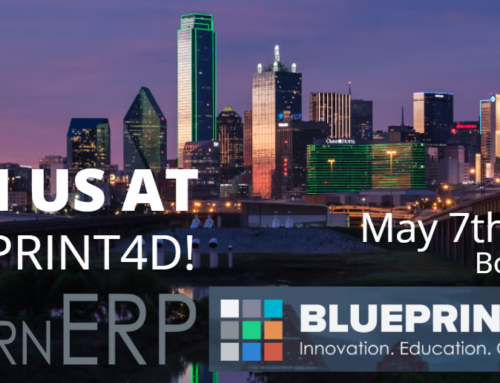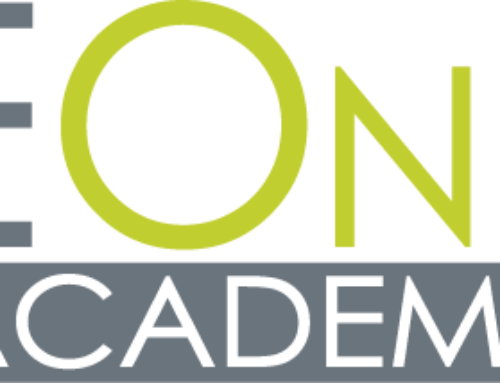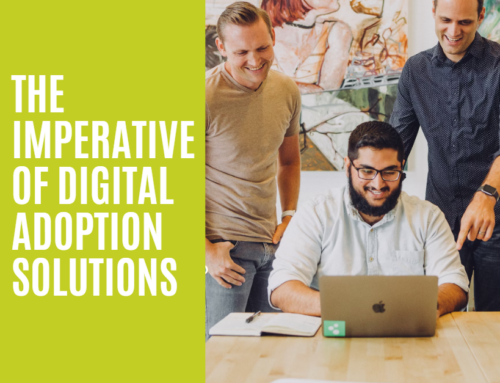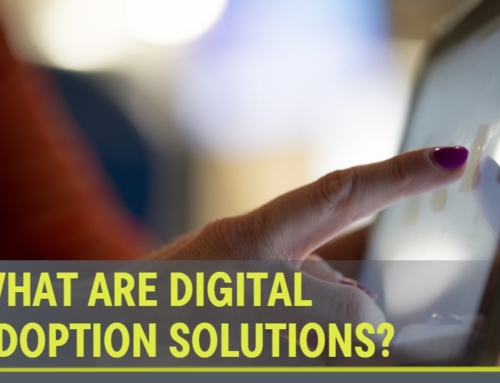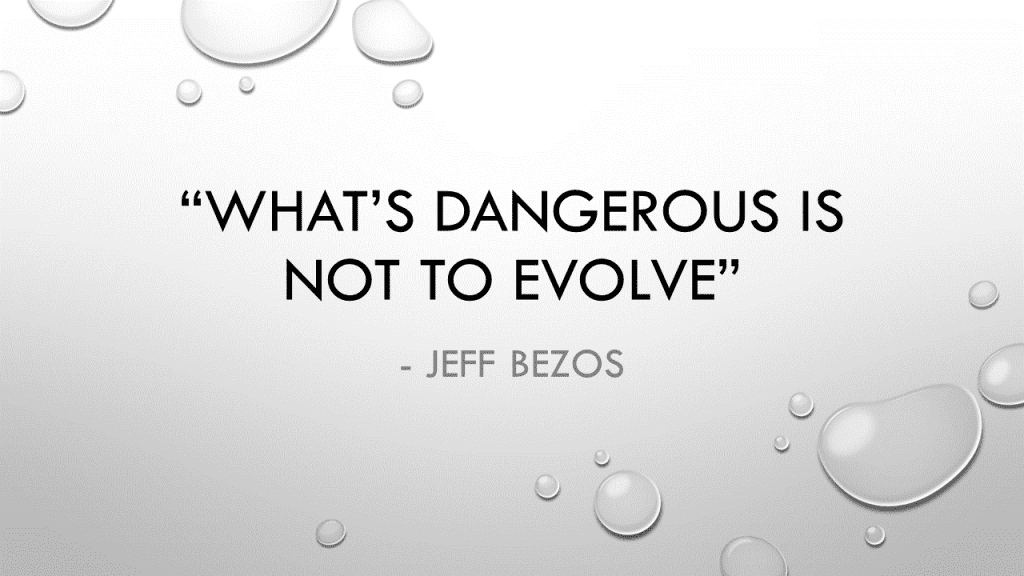 Last month we saw the release of EnterpriseOne 9.2. In addition to cultivating resources and instruction on the latest features and applications, another thing we focus on as JDE trainers at iLearnERP is how to implement a participant-directed training design that can help with anxiety over change during all steps of the training process. Easing anxiety ultimately results in more confident users who know what the end result of their learning will be, including what specifically will benefit them and their overall contribution to their company. If you or your company are looking to roll out some changes in the next quarter, or even in the next year, there are several things you can do to help with change-related anxiety. You can even improve upon company culture in the process! Because training is what we do at iLearnERP, we thought we would post some helpful tips.
Last month we saw the release of EnterpriseOne 9.2. In addition to cultivating resources and instruction on the latest features and applications, another thing we focus on as JDE trainers at iLearnERP is how to implement a participant-directed training design that can help with anxiety over change during all steps of the training process. Easing anxiety ultimately results in more confident users who know what the end result of their learning will be, including what specifically will benefit them and their overall contribution to their company. If you or your company are looking to roll out some changes in the next quarter, or even in the next year, there are several things you can do to help with change-related anxiety. You can even improve upon company culture in the process! Because training is what we do at iLearnERP, we thought we would post some helpful tips.
First, it is important to clarify for learners not just that there is change coming, but what exactly the change entails. More often than not, our imagination scares us more than reality. If learners know the specifics about what is coming and how they will be supported along the way, they will have surer footing leading into training. Learners need to be guided to change.
Second, make sure the learning environment, and any steps leading up to learning implementation, are safe and comfortable. Make space for participants to process their concerns with one-another, as well as share their learning. This includes space to express their resistance. Make a ‘submission box’ where learners can ask questions anonymously either in written form or electronically, encourage feedback, or put up flip charts around the room that state topics or goals with space for participants to add questions or goals of their own. If clear expectations for what is anticipated from learners are set at the outset, learners will be less preoccupied co-participants and can take agency over their learning.
Third, create excitement over new possibilities. In addition to what will be good for the company, learners will also want to know, what’s in it for me? Communicate specifically why the future is brighter because of the new skills and software they are about to obtain. How will it ease their process? What more will they be able to contribute? How can learning new skills affect their potential for job growth in the future?
And last, sometimes we encounter the unexpected in the process of implementing change. This can be scary for those leading the charge, and those who are participants in learning. The unexpected can come in the form of technological issues, policy concerns, supervisory changes or other things that may prevent learners from acquiring their new skill. Make sure there is room for clear discussion and escalate the issue effectively so that it can be resolved as soon as possible.
Like this? Please share.